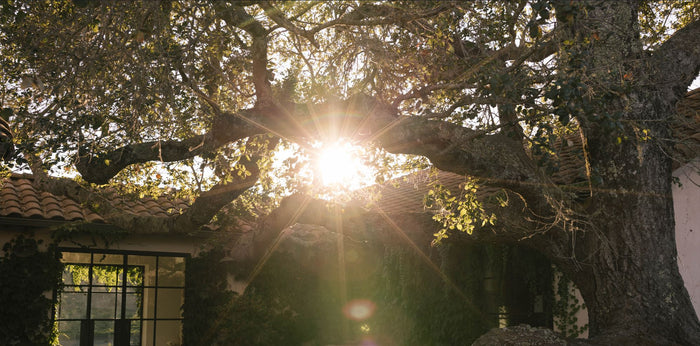Section with Text
We choose natural materials because: being around nature is good for us, because they are fast-growing without synthetic pesticides or fertilizers, because they are shaped by skilled human hands, and because each piece brings a transportive and understated quality to a space. Get to know our core materials.
Mosaic section
A climbing vine with 600 species native to tropical forests of Southeast Asia; also known as wicker when woven. The use of rattan dates back thousands of years across civilizations around the world, from ancient Egypt to Victorian Europe and more contemporary Modernists.
Mosaic section
Diverse in species, naturally derived, and renewable—with a lower carbon footprint than steel or upholstery—the use of wood stretches back in history, from ancient Egypt and Greece to teakwood ship construction in the Middle Ages to Modernist design. We use only sustainable woods (acacia, teak, mindi, and oak), responsibly harvested and managed by regulated plantations or FSC certification.
Mosaic section
A 100% biodegradable, rapidly renewable plant fiber used worldwide, second only to cotton. Jute plants grow in 4-6 months without fertilizers or pesticides, and rely solely on natural rainfall. Jute cleans the air, absorbing carbon dioxide and releasing oxygen at a rate several times higher than trees, while enriching soil fertility.
Mosaic section
Seagrass is a fast growing plant that lives in salty coastal waters of most continents, while Water Hyacinth is a free-floating plant that grows on top of water. Both are cut, dried, spun, and woven into lighting, furniture and accessories.
Water Hyacinth
Mosaic section
In a category dominated overwhelmingly by synthetics, Woven upholstery strives for sustainability using recycled and natural fabrics imbued with the performance attributes of modern textiles, as well as bio-based soy foam filling.


